Quercus suber in the Washington Park Arboretum November 2011
Quercus suber in the Washington Park Arboretum November 2011
Quercus suber in the Washington Park Arboretum November 2011
Quercus suber in the Washington Park Arboretum November 2011
I don't often see Quercus suber in Seattle. There is this tree in the Washington Park Arboretum, just east of the East Drive, not far north of the Pacific Rim Garden. There is another Downtown on 2nd Avenue & others in the comma at the north end of Hunter Boulevard S near my home. I think there are not enough specimens to determine whether Cork Oak is a good choice for Seattle. But it would certainly be worth trying on a dry & sunny site.
This information from Wikipedia:
Quercus suber has a thick bark that protects it against fire. After a fire, many other tree species regenerate from seeds, or resprout from the base of the tree. Cork Oak branches quickly resprout & recompose the tree canopy. Over time the cork layer of bark becomes quite thick. It can be harvested every 9 to 12 years. The harvesting of cork does not harm the tree. After cork is removed, a new layer regrows. The tree is cultivated in Portugal, Spain, France, Italy, Morocco, Algeria & Tunisia. Cork Oak forests cover approximately 25,000 square kilometers in those countries. In Portugal & Spain, Cork Oak forests are home to the Iberian Lynx, the most critically threatened feline in the world. Portugal accounts for half of the world cork harvest. Cork Oaks cannot legally be cut down in Portugal, except for the felling of old, unproductive trees, with special permission from the Ministry of Agriculture. Cork Oaks can live to 250 years. Cork harvesting is done entirely without machinery. It is harvested with small axes. This process requires training due to the skill required to harvest cork without harming the tree.

































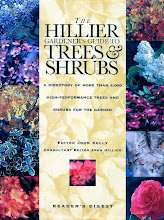

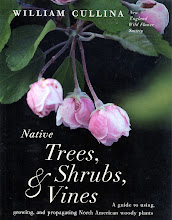
















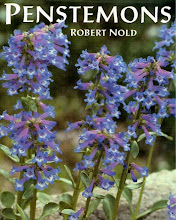

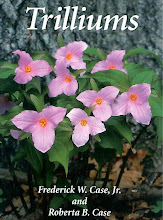


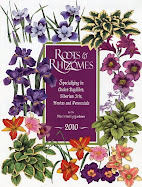




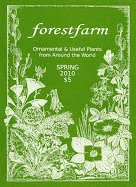




5 comments:
Great pictures of the Cork Oak Jordan. I doubt very much if it would be a wise choice for our Aberdeen garden. June and July so far has generally had us with daytime temperatures of between 51f and 56f. Send some warm weather over please.
I have some near my home here in Lisbon Portugal, thank you for sharing!
There is a cork oak tree in the SODO industrial neighborhood in Seattle. Near the corner of 6th Ave s and s lander streets intersection. It appears healthy and well. Quite surprised to find this in this neighborhood.
I am growing two cork oak trees in my yard in Olympia, WA, an hour south of Seattle. I grew them from acorns.
At first I had reservations about whether they would be able to survive in this climate, but they seem to be doing great. Strangely they seem to keep all their leaves throughout the winter, although half of the leaves show some partial brown areas from winter cold damage. Right at the very end of May the tree suddenly dropped about 30% of its older leaves. (Smaller new leaflets were already growing on the tree)
But it's also true that Olympia gets a little more summer heat than Seattle, which could be beneficial. (Still might not be enough heat for the tree to ever produce acorns)
It should be noted that cork oaks grown in containers too long may later suffer decline and die a few years after being planted in the ground. This is because if there is not enough space for the roots, the roots can become twisted and root-bound. In other oak species, the roots can fuse together, bypassing the tangle, but apparently not in cork oak (because of the thicker protective layer).
That is useful information about cork oaks in containers. Do you think that root-pruning directly out of the container & into the ground would solve that problem? I think it's worth a try!
Post a Comment